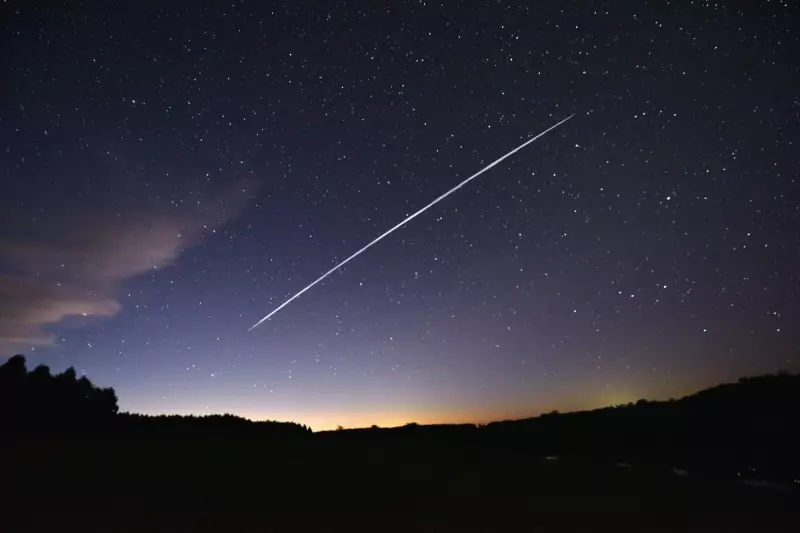
In a startling revelation that could reshape our understanding of space environmentalism, new scientific research indicates that Elon Musk's rapidly expanding Starlink satellite network may be fundamentally altering Earth's protective magnetic field.
The Invisible Threat From Above
According to a comprehensive study making waves in the scientific community, the sheer volume of defunct Starlink satellites burning up in our atmosphere is depositing significant amounts of conductive particles at alarming altitudes. This metallic pollution, scientists warn, could be forming a permanent band of electrically charged material around our planet.
The implications are profound: This artificial layer might eventually distort or weaken Earth's magnetic field - the very shield that protects all life from harmful solar radiation and cosmic rays.
Understanding the Scale
SpaceX has already launched over 5,000 Starlink satellites with plans for tens of thousands more in the coming years. Each of these internet-beaming devices has a limited lifespan of approximately five years before they're deliberately deorbited to burn up in the atmosphere.
During this controlled destruction process, the satellites release substantial quantities of aluminium and other metals into the upper atmosphere. Researchers estimate that this could eventually amount to 30,000 metric tonnes of conductive particles annually - creating what amounts to a global-scale atmospheric experiment with unknown consequences.
Why This Matters for Humanity
The Earth's magnetic field serves several critical functions that we often take for granted:
- Protection from solar winds and cosmic radiation
- Navigation systems for both animals and human technology
- Atmospheric retention preventing solar winds from stripping away our air
- Aurora formation at the poles
Any significant alteration to this delicate system could have far-reaching consequences for climate patterns, technological infrastructure, and even human health.
The Regulatory Void
Perhaps most concerning is the current lack of international regulations governing this type of atmospheric pollution. While SpaceX operates within existing space law frameworks, the environmental impact of satellite megaconstellations represents uncharted territory.
Scientists are calling for immediate research and potentially new regulatory frameworks to address what they describe as an "unprecedented planetary experiment" happening in real-time above our heads.
Looking to the Future
As private space companies continue to expand their orbital footprints, the scientific community faces a race against time to understand the full implications of this new form of environmental impact. The Starlink phenomenon represents just the beginning of what could become a defining environmental challenge of the space age.
The coming years will be crucial in determining whether we can balance technological progress with the preservation of our planet's fundamental protective systems.




